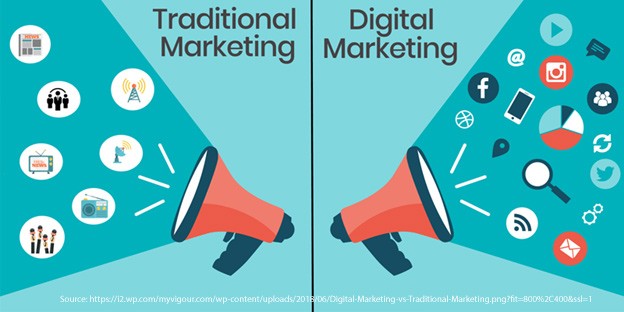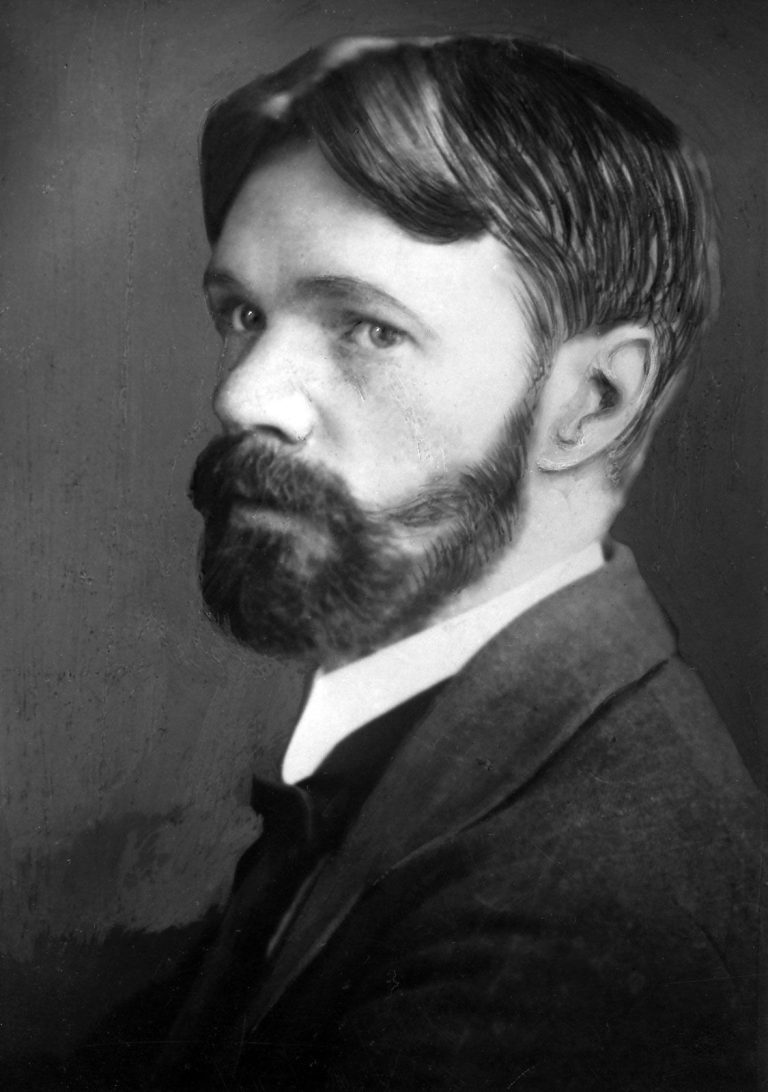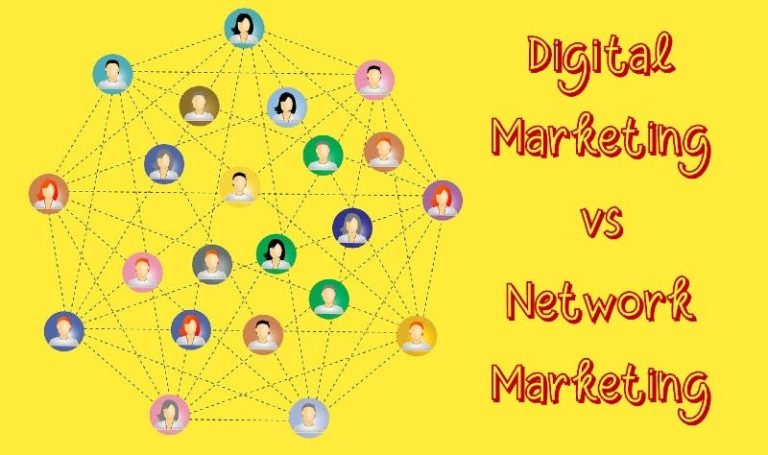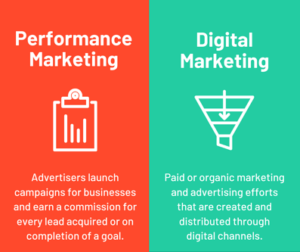Digital marketing strategies can complement traditional marketing by creating a cohesive brand message across different platforms. Integrating online and offline efforts maximizes reach and engagement with diverse audiences.
Crafting a robust marketing plan in today’s dynamic business environment is crucial for staying relevant and competitive. A holistic approach that blends digital marketing strategies with traditional methods can significantly amplify a brand’s presence. By harmonizing tactics like social media campaigns with print advertisements, businesses can ensure consistent messaging that resonates with both tech-savvy and conventional customers.
This synergy not only leverages the strengths of each medium but also creates multiple touchpoints for consumer interaction, leading to improved brand recall and loyalty. Understanding the unique benefits of both digital and traditional marketing allows companies to tailor their strategies to target demographics effectively, ultimately driving sales and fostering sustainable growth.
The Evolution Of Marketing
Marketing has transformed over the years. It moves with the times, adapting to new tastes and technologies. Marketers used to rely only on print, TV, and radio. Now, the internet offers new and exciting ways to reach customers. By blending traditional methods with digital tactics, businesses create powerful, multifaceted campaigns.
From Billboards To Banner Ads
Billboards once dominated highways, promoting products to every passerby. Now, banner ads on websites do the same for the digital traveler. Traditional billboards grab attention with large visuals. Digital banner ads engage users with interactive elements. Both aim to leave a strong impression in consumers’ minds.
The Merging Of New And Old Channels
Businesses today no longer have to choose between old and new marketing channels. Instead, they blend them. A TV ad might ask viewers to join an online conversation. Social media campaigns could lead to in-store experiences. The goal is to reach people wherever they are. Through this merging, brands tell cohesive stories.
Understanding Traditional Marketing
traditional marketing was the main method for companies to reach customers. It includes many forms we still recognize: print, TV, radio, mailers, and flyers. To blend the old with the new, understanding the fundamentals of traditional marketing is crucial.
Essentials Of Traditional Marketing
Traditional marketing relies on direct, offline strategies that have stood the test of time. They reach a broad audience and create a tangible experience. Here’s a concise breakdown:
- Print Marketing: Newspapers, magazines, and brochures.
- Broadcast Marketing: Radio and TV commercials.
- Direct Mail: Postcards, catalogs, and promotional letters.
- Telemarketing: Direct phone calls to potential customers.
- Outdoor Advertising: Billboards and public transit ads.
Pros And Cons Of Traditional Marketing
| Pros | Cons |
|---|---|
|
|
The Digital Marketing Revolution
The marriage between traditional marketing and digital tactics heralds a revolution. It crafts a multi-channel strategy. This duo reaches audiences everywhere. It blends familiarity with innovation. The digital approach allows precise tracking and engagement. Businesses must adapt to stay ahead.
Core Components Of Digital Marketing
Digital marketing has several key components:
- SEO: Optimizes websites for search engines.
- Email Marketing: Connects directly with customers.
- Content Marketing: Shares valuable information.
- Social Media: Engages users on various platforms.
- PPC: Drives targeted traffic through ads.
- Mobile Marketing: Reaches users on mobile devices.
- Analytics: Gauges effectiveness of strategies.
Measuring Success In The Digital Realm
We measure digital success through clear metrics:
| Metric | Role | Tool |
|---|---|---|
| Traffic | Visitor count on websites | Google Analytics |
| Conversion Rate | Transforming visitors to customers | Google AdWords |
| Engagement | User interaction with content | Social Media Analytics |
| Bounce Rate | Visitors leaving without action | Google Analytics |
| ROI | Return on investment | Marketing Automation Platforms |
Understanding these metrics helps refine strategies. It steers efforts towards impactful outcomes. Aligning digital metrics with traditional goals fosters a holistic view.
Blending Traditional And Digital Efforts
Marketing is a tale of two cities. One is traditional, the other, digital. Imagine they shake hands. That’s blending marketing. It’s powerful. It reaches more people. It mixes old and new. It’s like using a map and GPS together. Smart, right?
Creating A Cohesive Strategy
To blend marketing, start with a plan. This plan must sing one song. A strategy that feels like one. When print ads say hello, social media waves back. The goal? One voice, many channels. Simple.
Here are key steps:
- Set goals. What do you want? More sales, more visits? Decide.
- Know your audience. Old, young, tech-savvy? Tailor your message.
- Choose tools wisely. Flyers or Facebook? Maybe both. Fit them together.
- Measure everything. Likes, clicks, deals. Use data to tweak the plan.
Case Studies: Successful Integrations
Learning by example. That shows us the power of mixing marketing. Here, we dive into success stories.
| Brand | Traditional Tactic | Digital Tactic | Result |
|---|---|---|---|
| Brand A | Billboards | Instagram Ads | 30% rise in sales |
| Brand B | TV Spots | Email Campaigns | 50% more web visits |
These brands did it. They matched old-school charm with digital savvy. They saw big wins. It’s not just theory. It’s real.
Customer Experience At The Heart
Putting Customer Experience at the Heart ensures a robust bond between your brand and your clientele. By integrating digital marketing strategies with traditional marketing, companies create a cohesive customer journey. This approach blends the strengths of both worlds, amplifying the impact of your marketing efforts.
Unifying Brand Messaging
To foster trust, every interaction with your brand should deliver a consistent message. Unified messaging solidifies brand identity across all platforms. This consistency should be evident in:
- Visual elements: logos, colors, and typography
- Voice and tone: the brand’s personality in text and spoken word
- Core values: what the brand stands for
Consistent brand messaging helps customers recognize and feel comfortable with your brand, whether they see a billboard or scroll through their social media feeds.
Seamless Multi-channel Experiences
Customers interact with brands through various touchpoints, from social media to in-store visits. Crafting seamless experiences across these channels is crucial. This strategy involves:
- Integrating online and offline data for personalized interactions
- Ensuring inventory visibility for customer convenience
- Providing uniform customer service regardless of the channel
Such seamless integration elevates the user experience, encouraging customer loyalty and positive word-of-mouth.

Credit: www.linkedin.com
Maximizing Reach And Frequency
When businesses blend digital and traditional marketing, they cast a wider net. This approach maximizes the number of people they reach. It also ensures they see the message plenty of times. This mix boosts brand awareness and drives sales.
Leveraging Data And Analytics
Today’s success in marketing relies heavily on understanding customer behavior. Data and analytics are vital tools. They help tailor strategies for maximum appeal. Brand messages become more impactful. They align with audience preferences gathered from both online and offline data.
- Track customer interactions: Keep an eye on how people respond to ads across different platforms.
- Analyze patterns: Notice trends in what customers like and do not like.
- Customize campaigns: Use insights to make ads that speak directly to audience desires.
Optimizing Channel Performance
Each marketing channel has its strengths. The aim is to make each channel work its best. Some strategies cross over well between digital and traditional realms. For example, a catchy jingle can work on radio and social media.
| Channel | Strategy | Frequency |
|---|---|---|
| TV | Engaging ads with a clear call-to-action | Routine spots during peak hours |
| Social Media | Interactive posts, live Q&A sessions | Daily updates, weekly live sessions |
| Billboards | Visually striking designs with minimal text | Located in high-traffic areas |
We optimize each channel for peak performance. Brands become memorable. They stay on top of the audience’s mind. This helps to maximize both reach and frequency effectively.
Budget Allocation And Roi
Smart budgeting ties together digital and traditional marketing for the best return on investment (ROI). It’s about knowing where to spend. This way, businesses can track success and make smart money choices. Let’s dive into balancing these spends and understanding the returns they drive.
Balancing Spend Across Platforms
Businesses must be smart with their money. Spending on both digital and traditional methods is key. It’s like mixing old and new to get the best results. Here are some tips:
- Review past campaigns: Look at what worked before. This helps plan future spends.
- Know your audience: Different groups might need different methods. Plan where to reach them.
- Test and learn: Try small spends on different platforms. See what works to decide where to invest more money.
Balance is crucial. You don’t want to spend all in one place. Spread it out for a blend of reach and precision.
Tracking And Attribution Models
To understand where each dollar goes, tracking is needed. Attribution models show what brings in sales. Here is what to consider:
- Set clear goals: Know what success looks like. Keep goals in mind when tracking.
- Use tech tools: Analytics and tracking software help see what’s working. Use these for both online and offline campaigns.
- Refine and adjust: Look at data often. Shift spends to perform better.
Accurate tracking leads to smarter spends. With the right tools, you know which strategy brings the best ROI.

Credit: info.mssmedia.com
Challenges And Considerations
Integrating digital and traditional marketing presents unique obstacles. Firms face challenges in merging old and new marketing tactics. This requires detailed understanding and strategic planning. Below are key difficulties along with strategies to address them.
Overcoming Resistance To Change
Pivoting to a mixed marketing approach stirs reluctance. Staff and stakeholders often favor familiar methods. To ease the transition:
- Educate your team on digital marketing benefits.
- Start with a small-scale approach to demonstrate impact.
- Use success stories to highlight positive outcomes.
Maintaining Brand Consistency Across Mediums
Reflecting a unified brand image across all channels is imperative. Consistency builds trust and recognition. To achieve this:
- Establish a comprehensive brand guideline for all marketing materials.
- Ensure that the message aligns with the core values and mission of your brand.
- Regularly review and update content to remain consistent.
Future Of Marketing Integration
The marketing arena is evolving at a breakneck pace. Integration of digital and traditional marketing forms the backbone of a robust, modern strategy. These distinct channels blend to create a seamless experience for consumers. It’s clear that businesses must harmonize new tech with tried-and-true methods.
Predicting Trends In Media Consumption
Understanding media consumption patterns is key for successful campaign planning. Marketers must note the shift from traditional to digital platforms. That does not mean discarding older mediums. Here’s how integration can benefit both:
- Broaden reach across diverse demographics
- Combine analytics with customer feedback for precise targeting
- Meld storytelling from traditional ads into digital narratives
TV and radio still grab attention. Yet, smartphones and online streaming surge in popularity. Marketers synergize these platforms for maximal effect.
Innovations On The Horizon
Tomorrow’s marketing triumphs lay at the intersection of innovation and tradition. The integration of technologies like AI and VR with conventional advertising holds promise. Consider this:
| Technology | Traditional Use | Integrated Approach |
|---|---|---|
| AI | Data Analysis | Enhanced Customer Insights |
| VR | Entertainment | Immersive Brand Experiences |
Digital billboards interact with smartphone apps. Print ads direct readers to online content. As new gadgets appear, opportunities for integration grow. Brands that adapt swiftly will lead the marketing evolution.
Actionable Steps For Marketers
Marketers often seek ways to combine digital and traditional marketing techniques. Below are some actionable steps for marketers aiming to create an impactful, integrated strategy.
Developing Your Integrated Marketing Plan
Planning is crucial for integration. Here are steps to develop a well-rounded marketing plan:
- Identify Objectives: Begin with clear goals. These should be SMART: Specific, Measurable, Achievable, Relevant, and Timely.
- Understand Target Audience: Know the audience inside out. Consider their behaviors, preferences, and channels they use.
- Map Customer Journey: Detail the path from awareness to conversion, considering both online and offline touchpoints.
- Select Channels Wisely: Choose the best mix of digital and traditional channels based on your audience data.
- Create Cohesive Messages: Messages must align across channels. This reinforces brand identity and messaging.
- Plan Budget Allocation: Evaluate costs and allocate budget efficiently between digital and traditional methods.
Regular Review And Adaptation Of Strategies
Integrated strategies demand ongoing attention. Follow these steps to maintain and refine your plan:
- Track Performance: Use analytics tools to monitor and measure results across all channels.
- Analyze Data: Look at the data to understand what’s working and what’s not. Focus on key performance indicators (KPIs) relevant to your goals.
- Adjust Campaigns: Be ready to tweak campaigns. If something is not working, change it sooner rather than later.
- Gather Feedback: Collect feedback from customers to gain insights into their experiences across all marketing channels.
- Schedule Reviews: Set regular intervals for reviewing strategies. Monthly or quarterly reviews are a good practice.

Credit: www.melinakmiller.com
Frequently Asked Questions For How Can Digital Marketing Strategies Be Integrated With Traditional Marketing
How Does Digital Marketing Complement Traditional Marketing?
Digital marketing strategies complement traditional marketing by enhancing reach and engagement. Online platforms allow targeted advertising and real-time feedback, which traditional methods may lack. Integrating both creates a comprehensive approach, reaching wider demographics and reinforcing messaging across various channels.
What Are Key Elements In Integrating Digital And Traditional Marketing?
Key elements include establishing a consistent brand message, using data analytics from digital campaigns to inform traditional strategies, and leveraging both for maximum impact. Blending SEO with print ads or social media with direct mail can optimize both online and offline presence.
Can Social Media Boost Traditional Marketing Efforts?
Yes, social media can significantly boost traditional marketing. By sharing traditional advertising content, such as commercials or print ads on social platforms, brands can increase visibility and encourage user interaction, leading to greater engagement and amplifying the impact of traditional campaigns.
What Role Does Content Play In Merging Marketing Strategies?
Content is the bridge between digital and traditional marketing. Creating consistent, high-quality content that can be shared across online and offline platforms ensures a seamless brand experience. It helps in maintaining a unified brand voice and message, regardless of the marketing channel.
Conclusion
Integrating digital and traditional marketing creates a robust approach that reaches wider audiences effectively. It’s about blending the best of both worlds to engage customers at every touchpoint. Embrace this synergy for a cohesive, powerful brand strategy. Success lies in the balance—so start blending and watch your business grow.






